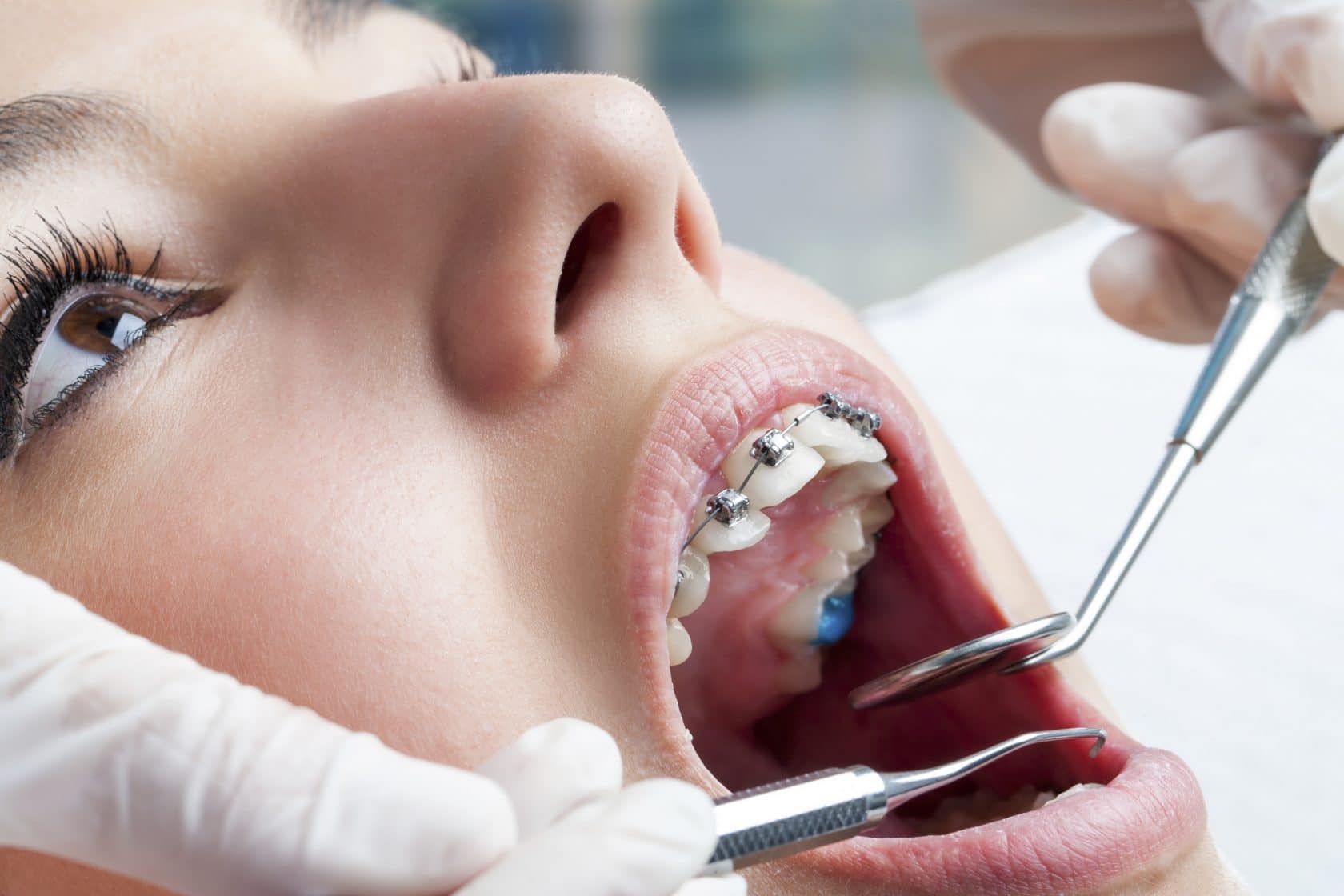Comprehensive Overview to Orthodontics Procedures for Dealing With Dental Imbalances
In the world of orthodontics, the journey to attaining a completely aligned smile includes a myriad of treatments customized to fix dental misalignments. From standard dental braces to unseen aligners and even surgical options, the area of orthodontics supplies a series of options to deal with varying levels of dental abnormalities. Recognizing the details of each procedure, including their devices, advantages, and possible downsides, is important in making informed decisions about one's orthodontic therapy. As we navigate via the thorough guide to orthodontic treatments for correcting oral misalignments, the complex information of each approach will certainly unfold, losing light on the course towards a functional and unified dental placement.
Orthodontic Procedures Overview

In addition to clear aligners and conventional dental braces, orthodontists may additionally suggest various other interventions like headgear, palatal expanders, or retainers to resolve particular placement problems (cumming invisalign). These procedures are tailored to each individual's unique requirements and might include a mix of therapies to accomplish the wanted results. Routine adjustments and surveillance are vital parts of orthodontic therapy to make certain progress gets on track and to make any type of needed modifications along the method. By undertaking orthodontic procedures, clients can not only attain a straighter grin but likewise improve their general dental wellness and feature.
Traditional Braces: Exactly How They Work
When considering orthodontic therapies for dental imbalances, standard braces stand out as a reliable technique for correcting teeth placing. Conventional dental braces include brackets, wires, and bands that collaborate to apply continual pressure on the teeth, progressively moving them right into the preferred alignment. The braces are affixed to the teeth utilizing a special adhesive, and the cables are threaded through the brackets. By readjusting the tension of the cords, orthodontists can manage the instructions and force used to each tooth, directing them right into proper positioning in time.
One trick aspect of exactly how typical braces job is the process of bone remodeling. As pressure is related to the teeth via the braces, the bone surrounding the teeth is reshaped to sustain the new tooth settings. This remodeling is necessary for the lasting security of the corrected alignment. Clients will require regular adjustments at the orthodontist's office to guarantee the braces remain to use the right stress for reliable teeth movement.
Unnoticeable Aligners: Cons and pros
These clear, personalized trays are practically invisible when used, making them an appealing alternative for individuals looking for a much more aesthetically pleasing orthodontic therapy. Clients can get rid of the aligners prior to eating or brushing their teeth, lowering the danger of local dentist offices near me food getting stuck in the home appliance and simplifying the cleansing process.

Surgical Orthodontic Options
Surgical interventions in orthodontics present viable options for dealing with complex dental misalignments that may not be effectively resolved through conventional orthodontic therapies. While traditional dental braces and unseen aligners can deal with lots of orthodontic problems, specific cases require medical treatment to accomplish optimal outcomes. Surgical orthodontic alternatives are commonly suggested for serious malocclusions, significant jaw discrepancies, and instances where the underlying bone framework needs modification to achieve correct placement.
One typical surgical orthodontic treatment is orthognathic surgical treatment, which involves repositioning the jaws to deal with practical problems such as problem chewing or speaking. This surgery is usually done in partnership with an orthodontist who aids line up the teeth before and after the treatment. Surgical orthodontics may additionally include treatments to subject impacted teeth, get rid of excess periodontal tissue, or improve the jawbone to create a much more harmonious facial account.
Prior to thinking about medical orthodontic options, patients undergo a detailed examination to figure out the requirement and potential advantages of such interventions. cumming orthodontist. While surgery may appear difficult, it can significantly enhance both the feature and visual appeals of the smile in instances where conventional orthodontic treatments drop short
Retainers and Post-Treatment Treatment

Post-treatment care includes adhering to the orthodontist's guidelines diligently. This may include appropriate oral hygiene methods, participating in follow-up consultations, and wearing the retainers as prescribed. Failure to conform with post-treatment care directions can lead to regression, where the teeth progressively return in the direction of their initial placements. Consistent retainer wear, good oral hygiene, and regular dental check-ups are important for preserving the results accomplished with orthodontic surgical treatment and making sure the long-lasting stability of the remedied dental positioning.
Verdict
To conclude, go to these guys orthodontic procedures use numerous alternatives for dealing with oral imbalances. Conventional dental braces make use of steel braces and wires to shift teeth right into appropriate positioning. Unseen aligners provide a more very discreet choice but may not be ideal for all situations. Surgical orthodontic check my blog choices are offered for more serious misalignments. Retainers are generally made use of post-treatment to preserve the new positioning. In general, orthodontic treatments can successfully improve oral health and visual appearance.
As we browse through the thorough guide to orthodontic procedures for dealing with dental misalignments, the detailed details of each technique will certainly unravel, shedding light on the path towards a useful and harmonious dental placement. - cumming aligners
One of the most typical orthodontic therapies is the usage of dental braces, which consist of metal brackets and cables that use mild stress to gradually move teeth right into the wanted placement.When considering orthodontic treatments for oral misalignments, conventional dental braces stand out as a reliable approach for correcting teeth positioning. Furthermore, undetectable aligners might not be suitable for complex orthodontic issues that require more considerable teeth motion, as they are commonly advised for mild to moderate cases. Retainers are customized orthodontic devices developed to hold teeth in their remedied settings after the conclusion of orthodontic therapy.